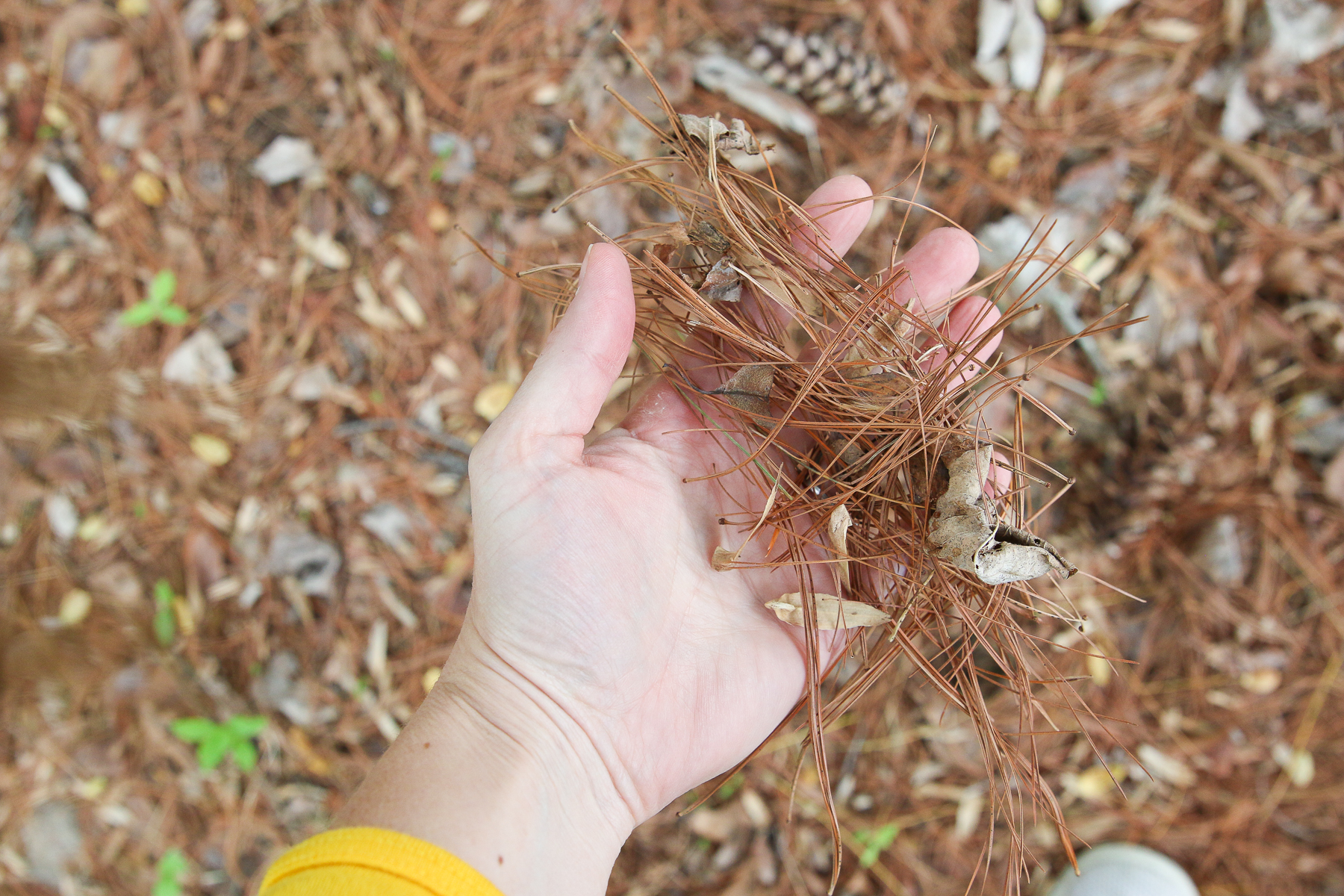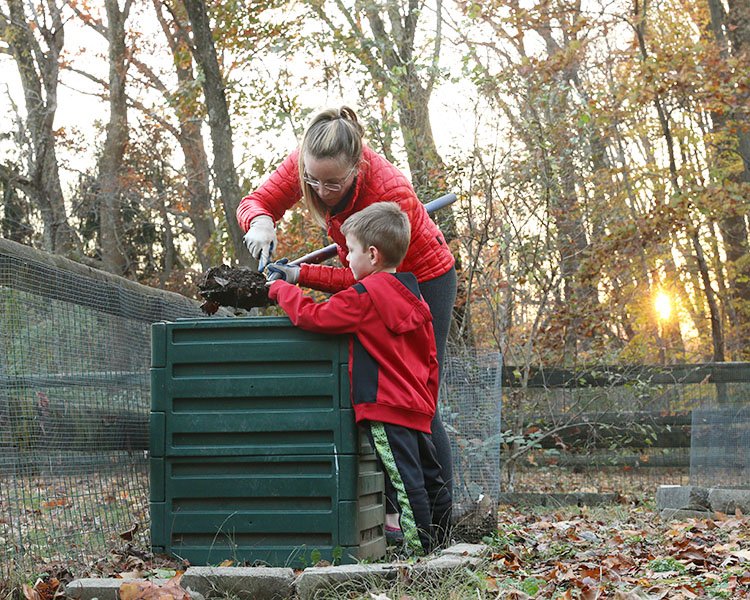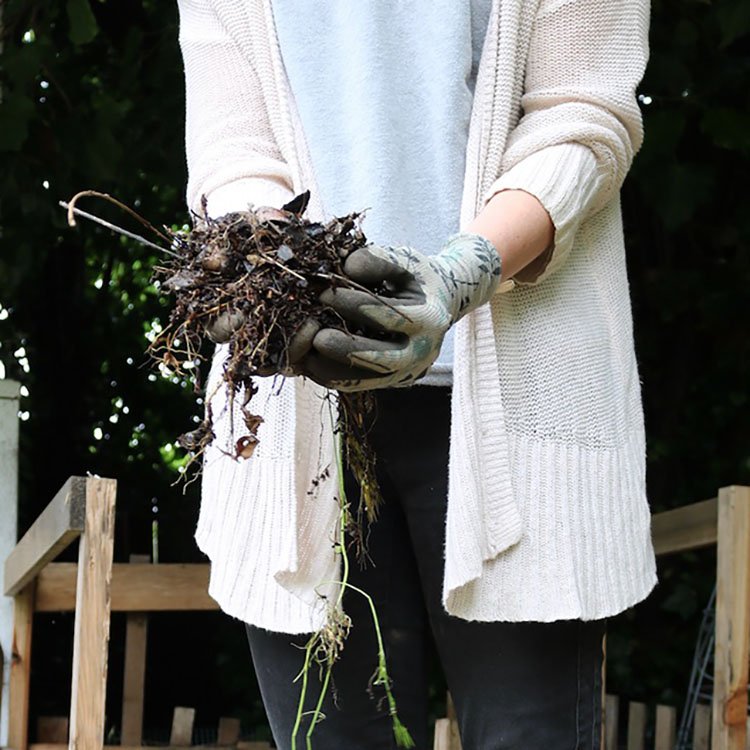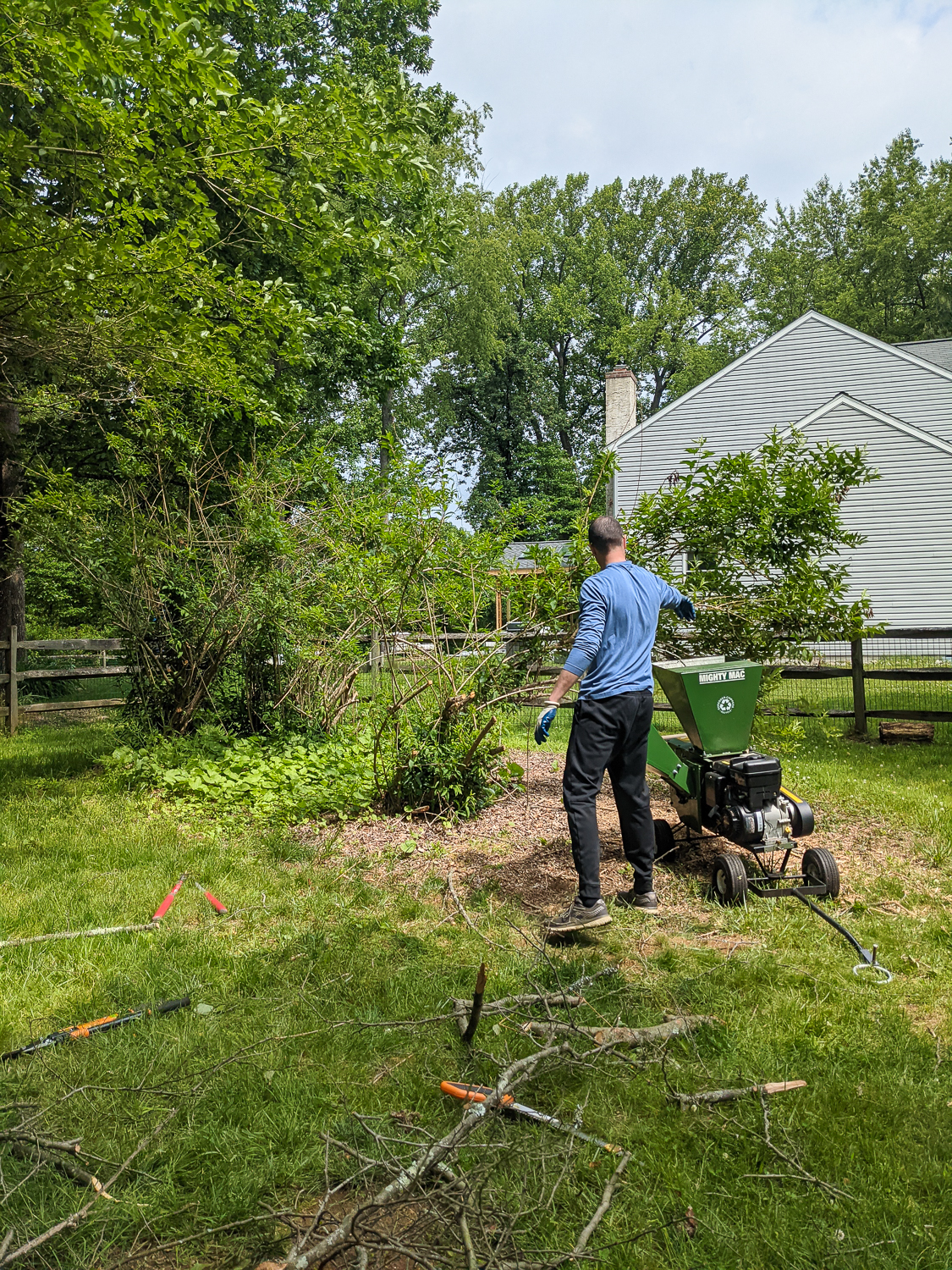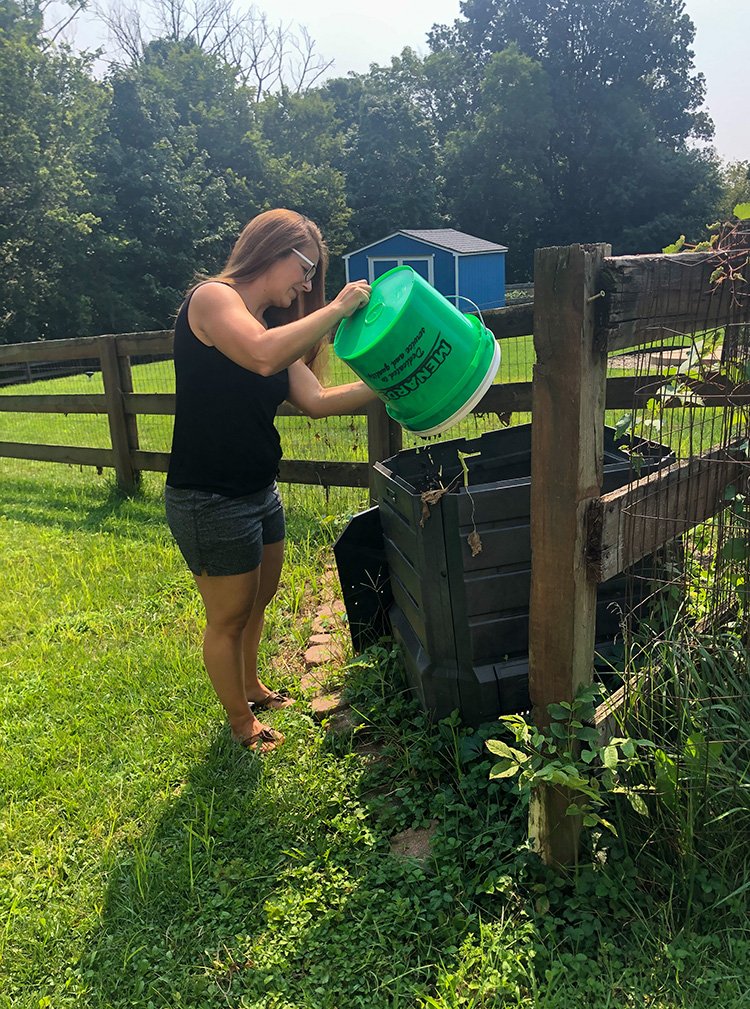7 Ways to Prevent Maggots In Compost Bins
Do you get the eeby jeebies when you open your food scrap bucket and find little maggots squirming inside? Are you looking to prevent maggots from infesting your compost bucket? Check out these 7 tips to help prevent maggots in compost buckets used to store food scraps before they make their way to the steamy compost pile.
This post contains affiliate links.
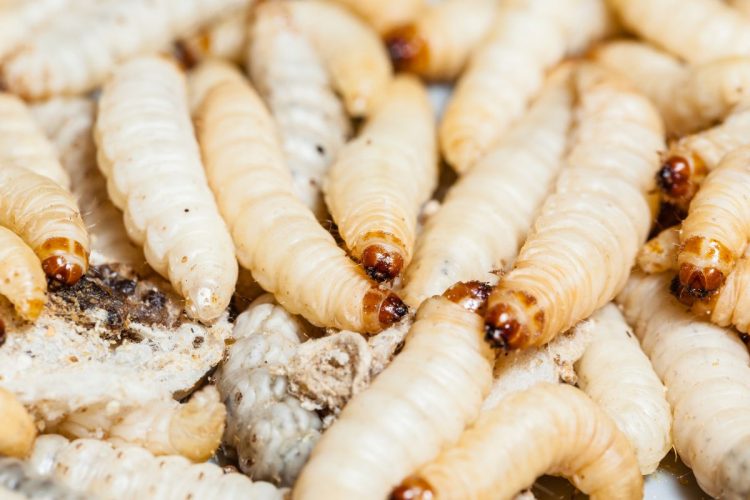
Have you ever opened up your compost bin or bucket to find a whole lot of maggots? You’re not alone. While I’m pretty accustomed to them now, I definitely remember getting a little spun up the first time I opened a collection bucket with lots of maggots hanging out inside. Even though they are a common element of the composting process, the presence of maggots in compost raises concerns for many people.
If you compost at home with your own pile or tumbler, you might find large white or greyish maggots in your pile. These are typically the larvae of the Black Soldier Fly. Although they might seem off-putting, they actually help break down the organic material and process the compost. Some people even like them in compost because they break down food scraps and other matter so quickly.
Maggots in Food Scrap Collection Buckets
In this article, we’re going to leave the black soldier fly larvae in the compost pile and focus on smaller maggots that you’re more likely to find in food scrap collection buckets if you compost through a collection or drop-off service. They to look something like this:
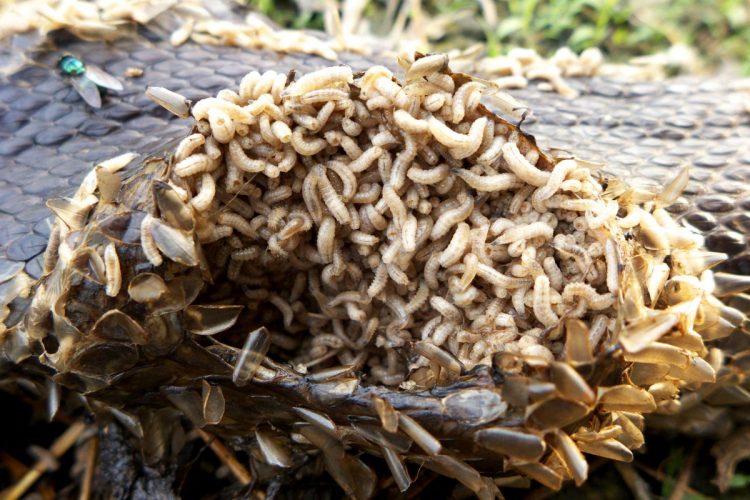
Particularly when it gets hot outside, compost really starts heating up. And for those who use curbside composting services or collect food scraps for other community composting programs, their compost collection buckets can start to get a little… suspect. Heat speeds up the decomposition process, increases the stench, makes the contents of the bucket even wetter and slimier, and… becomes a breeding ground for maggots.
That’s not to say every compost bucket has maggots; that’s not the case at all. When I collect food scraps for WasteWell, the hyperlocal curbside composting company I own and operate, maybe 1 in 10 collection buckets have maggots during the peak summer season. But when maggots are present, it can be disgusting, especially when you’re not expecting it.
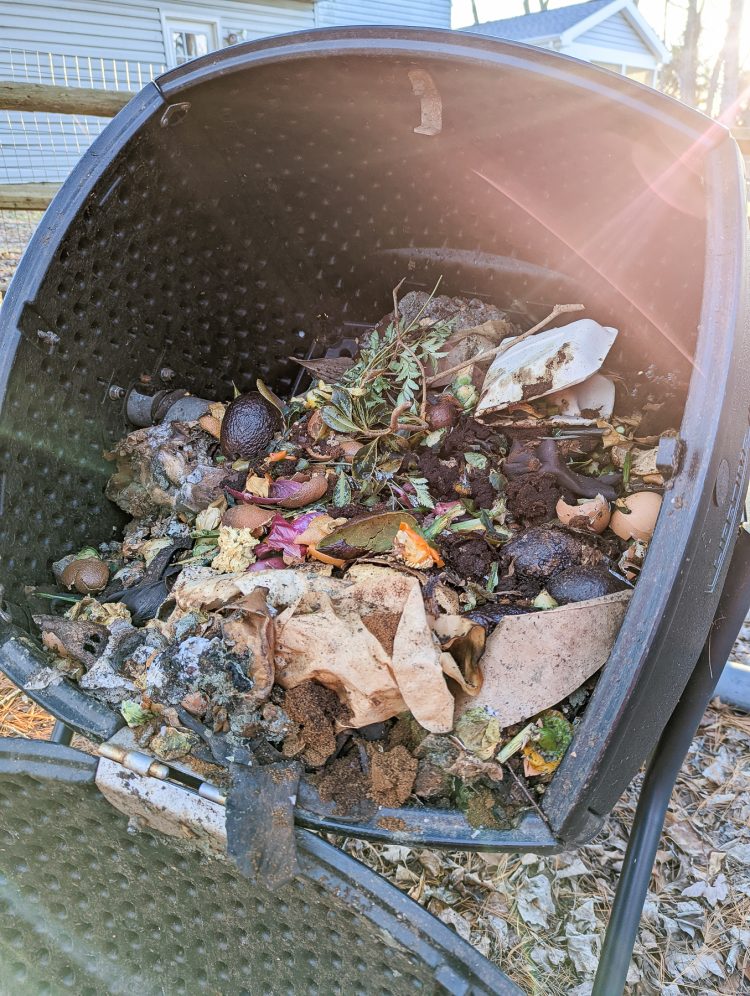
Are Maggots in Compost Good or Bad?
Maggots and other little critters in compost are a natural and important part of the decomposition process. They’re actually good for compost. But even though they’re useful to the overall composting process, most people don’t want maggots in their compost buckets. I get it, and I know it’s a concern because I get questions from WasteWell customers about maggots periodically.
When it comes to curbside collection buckets, maggots don’t need to be in your compost container. Those maggots are more important to the process once your food scraps reach the compost pile. So let’s talk about some ways to decrease the likelihood of finding maggots in your compost bucket.
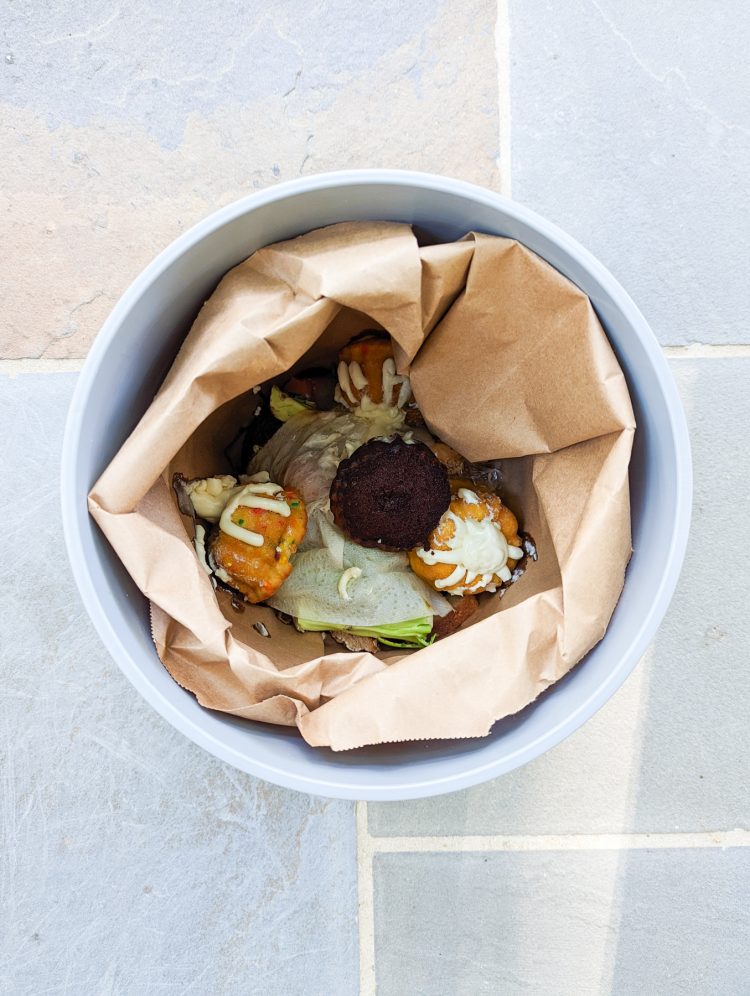
How To Prevent Maggots In Compost Buckets
I’ve provided some simple suggestions to help keep maggots out of your compost bucket. I can’t promise you’ll never find squirmy little larvae in your food scraps, but these tips to prevent maggots in compost buckets should definitely help make it less likely that you’ll open up a bucket to find a slew of creepy crawlies looking back at you.
1. Store Your Bucket In A Cool Location
If you have the space, keep your compost bucket in a cooler location like a shady garage, under the sink, or in a closet. Maggots are most problematic in warm temperatures. If you keep your compost bucket in a cool, dark place, it’s less likely to foster an environment suitable for maggots.
2. Freeze Compost Scraps Between Pickups
Maggots certainly won’t show up in a bucket of frozen food scraps. If it’s really important to avoid maggots, consider freezing food scraps until the day your scraps are picked up. You can toss frozen scraps into the compost bucket without issue, and they won’t have time to become a breeding ground for maggots.
3. Add Browns To Your Compost Bucket
Maggots thrive in a warm, moist environment. Adding browns to the bucket – things like ripped-up cardboard, toilet paper tubes, shredded paper, or used paper towels – helps absorb a lot of the moisture before it creates a comfortable environment for breeding. The browns literally suck the life out of the breeding environment.
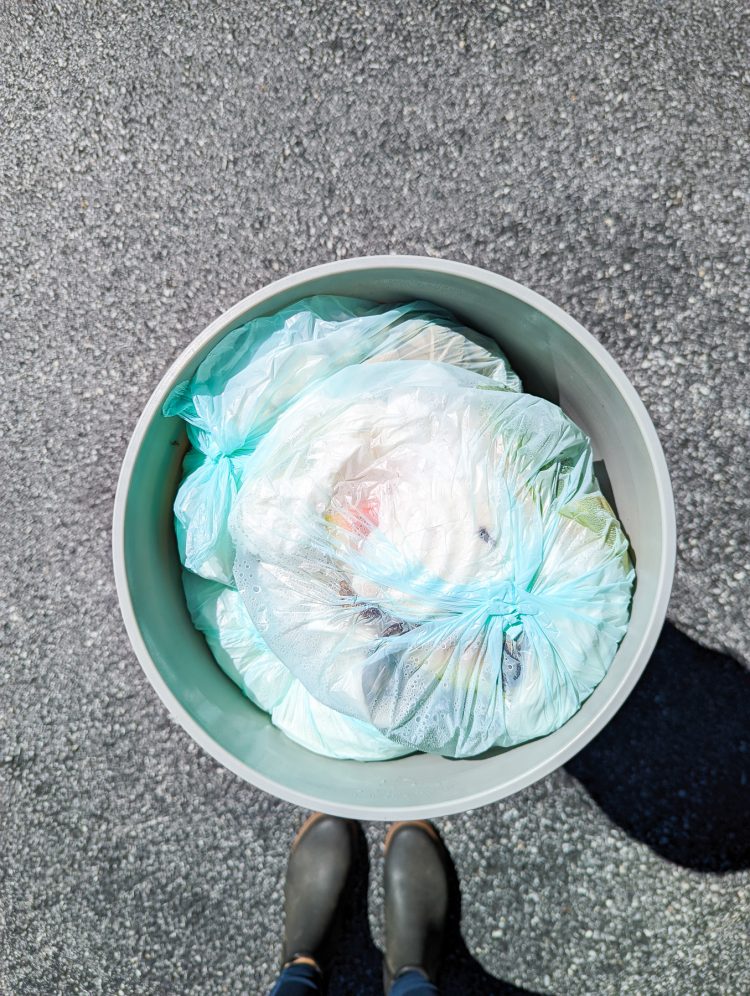
4. Collect Food Scraps in Compostable Bags
Maggots need oxygen to thrive. Collect food scraps in smaller compostable bags to help limit the amount of oxygen available for maggot growth. You can use bio-plastic compostable bags that tie shut or small brown paper bags rolled closed to separate food scraps.
This slows the decomposition process, makes it more difficult for flies to get to the food scraps to lay eggs (that ultimately turn into maggots), and helps keeps buckets cleaner and drier. No oxygen, no moisture, no way to lay the eggs on the food scraps… no maggots.
5. Clean Bucket Between Uses
Over time, buckets can get grimy and gross. And a dirty and gross bucket tends to get more dirty and gross with each use. Shocking, I know. A quick swipe with a towel to wipe out extra remnants and moisture goes a long way toward keeping your compost bucket dry and less prone to maggot infestation.
At WasteWell, we do this for our customers. After we empty the bucket during collection, we wipe it with a paper towel (if it’s really mucky) or a reusable cloth (made from old, cut-up t-shirts) to clean it out. We give it a quick spray and wipe with Blueland multi-surface spray, and it’s nearly good as new.
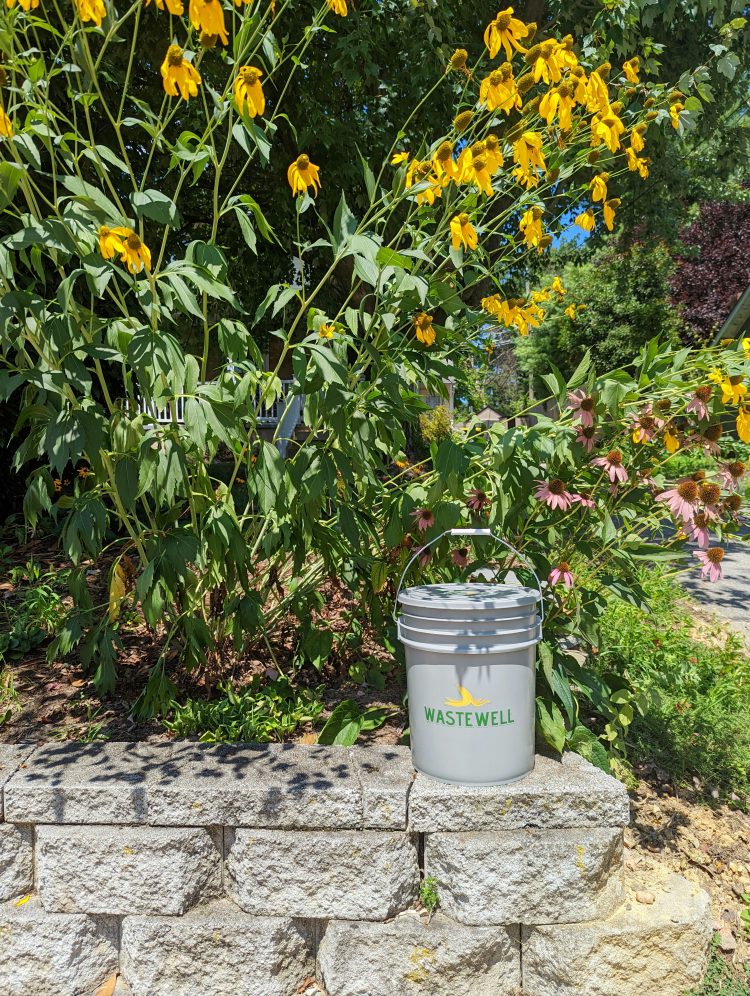
Limit Frequency of Opening & Closing The Bucket
Maggots are fly larvae, so you need flies in your bucket in order for them to lay eggs (that turn into maggots) in your bucket. Each time you open and close the bucket allows oxygen and other organisms to get into the bucket. This makes it easier for maggots to thrive. Consider collecting food scraps in a countertop compost container (with a charcoal filter) on your counter or in a container in the freezer and only dump the contents into the larger collection bucket once or twice a week.
Sprinkle Diatomaceous Earth in the Bucket
Diatomaceous Earth is a safe way to kill many insects and a product you can buy online or from most hardware stores or nurseries. The substance sticks to wet things in the bucket. It dries out the environment and the maggots (which need moisture to survive).
After it kills the maggots, you might still want to give the bucket a good rinse and clean to get all the grime (and dead maggots) out of the bucket. But it should also help make the environment less suitable for future growth if you continue to add it periodically.
Do you have any other tips for preventing maggots in curbside collection compost buckets? Share in the comments!
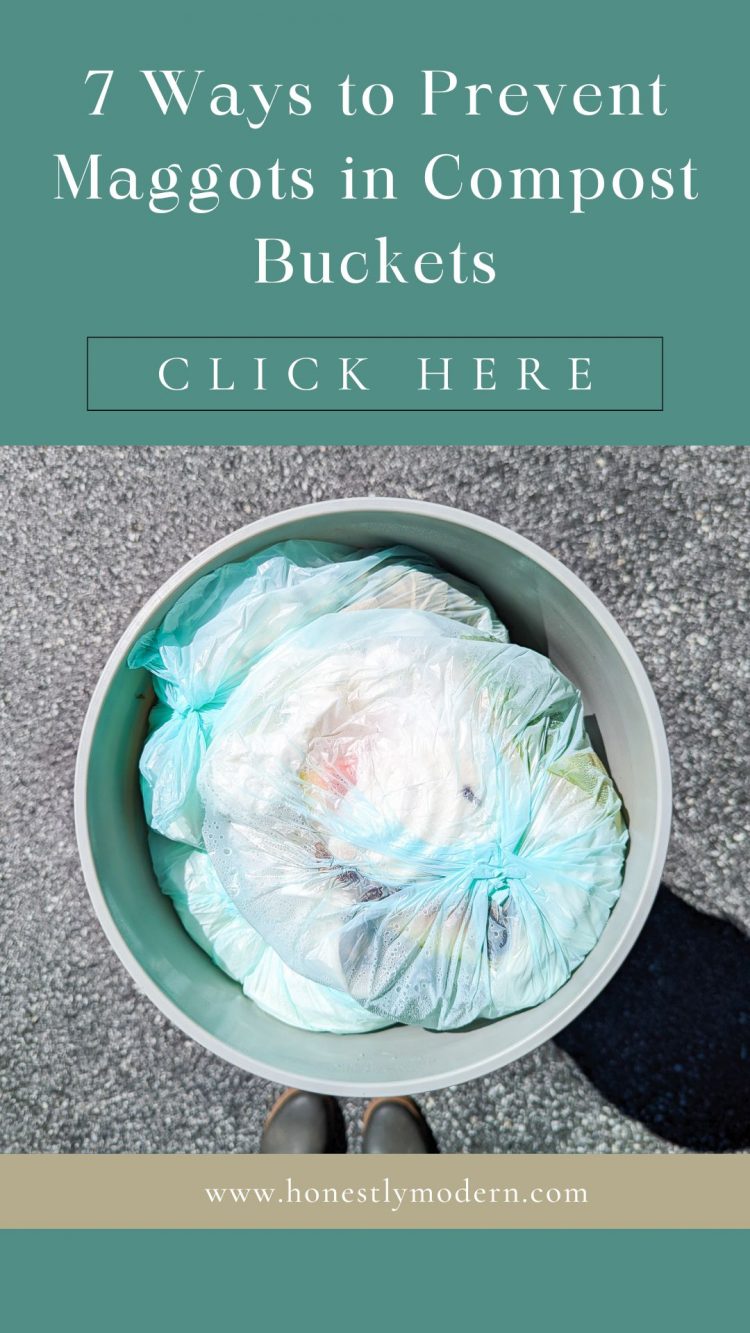

Jen Panaro
Jen Panaro, founder and editor-in-chief of Honestly Modern, is a self-proclaimed composting nerd and advocate for sustainable living for modern families. To find her latest work, subscribe to her newsletter, Stepping Stones.
In her spare time, she’s a serial library book borrower, a messy gardener, and a mom of two boys who spends a lot of time in hockey rinks and on baseball fields.
You can find more of her work at Raising Global Kidizens, an online space to help parents and caregivers raise the next generation of responsible global citizens.

